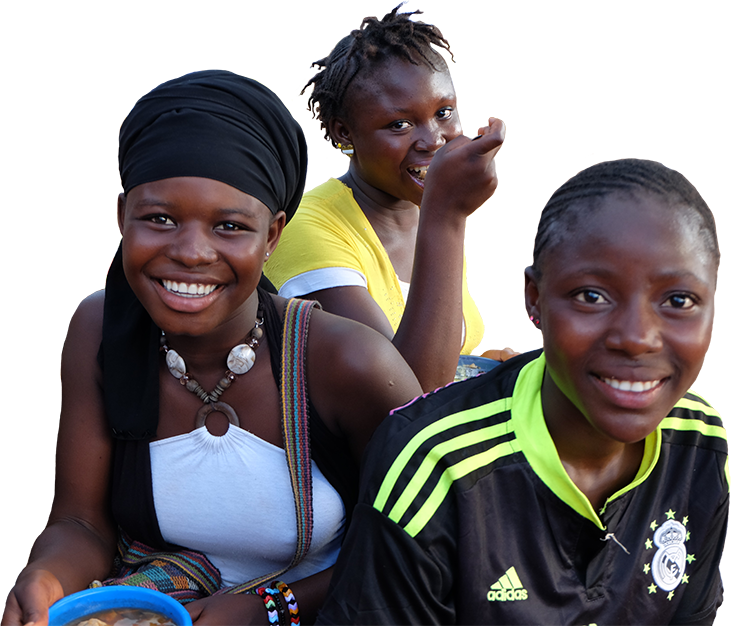Nutrition services typically do not prioritize adolescents and adolescent-friendly health services rarely include nutrition. Nutrition services need to be responsive to adolescents’ unique needs and priorities and address the barriers they face in accessing services. Programs must consider the diversity of adolescents’ situations and experiences, as well as the varied social norms and expectations of adolescents in the family and community. The Adolescent Nutrition Resource Bank includes guidelines and tools used in nutrition services for adolescents.If you have relevant service delivery documents or tools, please send them to info@advancingnutrition.org.
We found 136 resource(s)
Maternal, Infant and Young Child Nutrition (MIYCN) Policy, Maharashtra
Policy published by Public Health Department, Government of Maharashtra in
This document contains the MIYCN Strategy of Maharashtra, India. Among the strategy's provisions are ensuring that all adolescents have a healthy BMI through education about nutrition, health, and sanitation, and providing adolescents with IFAS to minimize the prevalence of anemia.
Starting from Girls: They Are the Source to Trigger a Change
Occasional Paper published by Save the Children in
This paper focuses on increasing the inclusion of girls in the global debate on nutrition, agriculture, and food security in Sub-Saharan Africa. It discusses what is overlooked or unknown about girls, their work, and their potential, and suggests possible directions for policymakers.
Global Standards for Quality Health Services for Adolescents: Volume 1: Standards and Criteria
Guideline/Guidance published by WHO in
The WHO/UNAIDS Global Standards for Quality Health Care Services for Adolescents aim to assist policymakers and health service planners in improving the quality of health-care services so that adolescents are able to obtain services to protect and improve their health and well-being. Volume One covers the standards and criteria for delivering…
Global Standards for Quality Health Services for Adolescents: Volume 4: Scoring Sheets for Data Analysis
Guideline/Guidance published by WHO in
The WHO/UNAIDS Global Standards for Quality Health Care Services for Adolescents aim to assist policymakers and health service planners in improving the quality of health-care services so that adolescents are able to obtain services to protect and improve their health and well-being. Volume Four contains score sheets to be used for the analysis of…
FIGO Recommendations on Adolescent, Preconception, and Maternal Nutrition: "Think Nutrition First"
Journal Article published by International Journal of Gynecology and Obstetrics in
This article summarizes recommendations from the International Federation of Gynecology and Obstetrics (FIGO) on nutrition issues for adolescent and young women before, during, and after pregnancy. The recommendations aim to create a global framework for action to improve the nutritional care and support of adolescent girls and women through the…
Landscape Report on Adolescent and Maternal Nutrition in Indonesia
Landscape Analysis published by Global Alliance for Improved Nutrition (GAIN) in
This landscape analysis focuses on adolescent and maternal nutrition in the East Java province of Indonesia. It explores the nutritional status of women and adolescent girls, underlying factors of undernutrition, nutritious foods for adolescents and pregnant women, physical activity for adolescent girls and married women, communication channels,…
Health for the World's Adolescents: A Second Chance in the Second Decade (Online report only)
Informational Infographic published by WHO in
The report brings together all WHO guidance about adolescents across the spectrum of health issues. It offers a state-of-the-art overview of four areas for action: providing health services, collecting and using data to plan and monitor interventions, developing and implementing health-promoting and health-protecting policies, and mobilizing and…
Toolkit for Transition of Care and Other Services for Adolescents Living with HIV
Toolkit published by USAID in
This toolkit was developed by the U.S. President’s Emergency Plan for AIDS Relief (PEPFAR), funded through the U.S. Agency for International Development (USAID).



